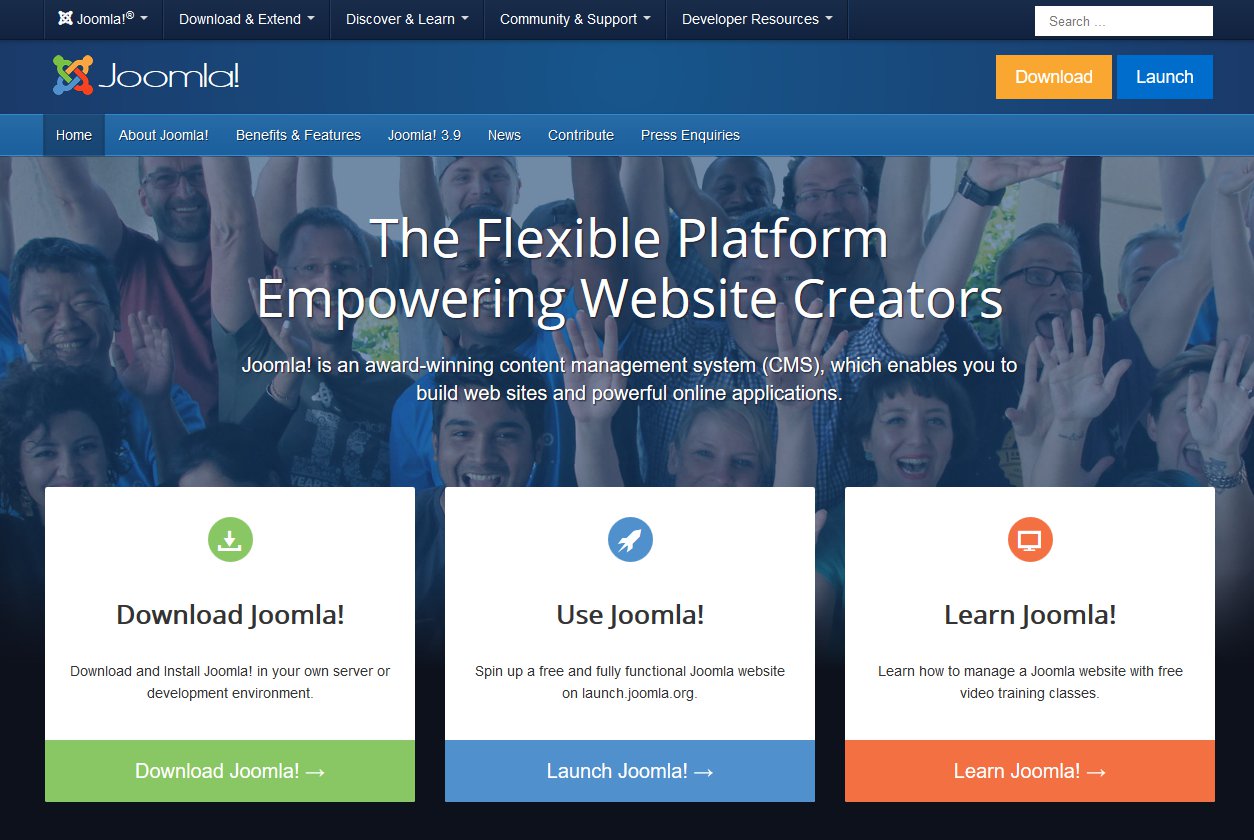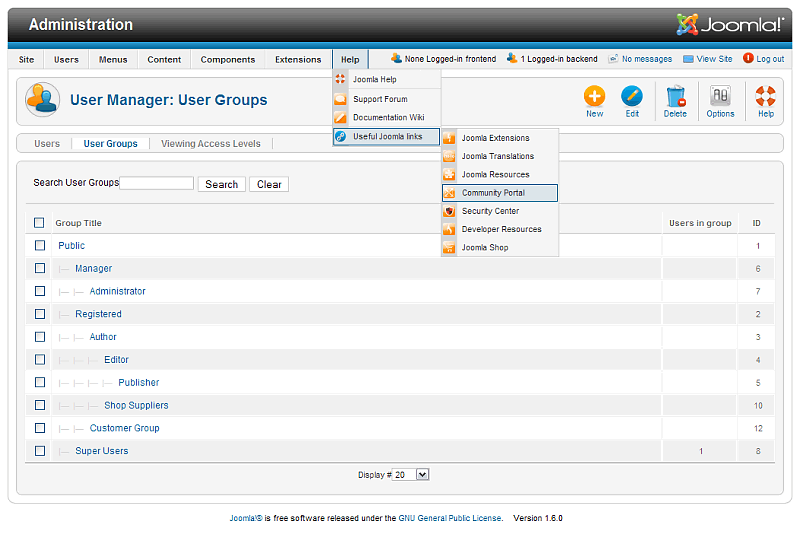

- #Joomla download install
- #Joomla download zip file
- #Joomla download manual
zip file from your computer into your server using Hostinger File Manager. When your database is all set, upload the downloaded.Define your database name, username, and password in the provided fields. Navigate to your hPanel -> Databases -> Management.Once the download is complete, access your web hosting control panel to create the database. This method will require you to create a database to serve as storage for the content.īefore you proceed to the installation, download the latest version of Joomla from its official website.
#Joomla download manual
Once the installation is complete, you can log in to the control panel and start creating your Joomla website.Īccess the Joomla admin panel by adding “/administrator” at the end of your URL (e.g., Installing Joomla ManuallyĪnother way to set up Joomla is through manual installation. Specify the configuration details, like your domain, preferred language, administrator email, password, and username. Enter your website credentials and select Next. Open the Auto Installer, find Joomla, and click Select. 
If you use Joomla web hosting, the procedure will be the same. On Hostinger’s hPanel, users can access auto-installers under the Website menu. Most web hosting providers include auto-installers to allow you to set up software from the admin panel.
#Joomla download install
There are two ways to install this platform – automatically and manually. Not to worry, as there are many articles, tutorials, videos, forums, and documentation to help you along. Of course, this platform also has a steeper learning curve compared to other CMSs. You can find them in the official Joomla! Directory and other third-party sources, such as Joomlart and Joomdev.īecause of the flexibility, many famous brands and organizations use this platform for their websites, including Harvard University,, Guggenheim, MTV Greece, and the UNRIC.
Libraries – collections of function-related code that are used in modules, components, or plugins. Languages – offers translation packs for creating a multi-language site. A template defines how components and Joomla modules are shown on the website. Templates – sets of design and layouts that control the site’s appearance. Plugins – pieces of software that provide additional functions such as adding a music player or social media share buttons to enhance your website’s performance. Modules – lightweight extensions or widgets that display certain content types, such as recent articles, article categories, or search boxes. Some examples are com_content, com_newsfeeds, and com_weblinks. Components – core extensions that you can modify from the back-end and view on the front-end of your site. Additionally, the platform allows you to build any type of website, be it for a personal or business project.įrom site management to core enhancement, Joomla also helps extend your site’s functionality with the vast amount of extensions available. 
Joomla provides every tool that users need to manage, update, and publish content.







 0 kommentar(er)
0 kommentar(er)
